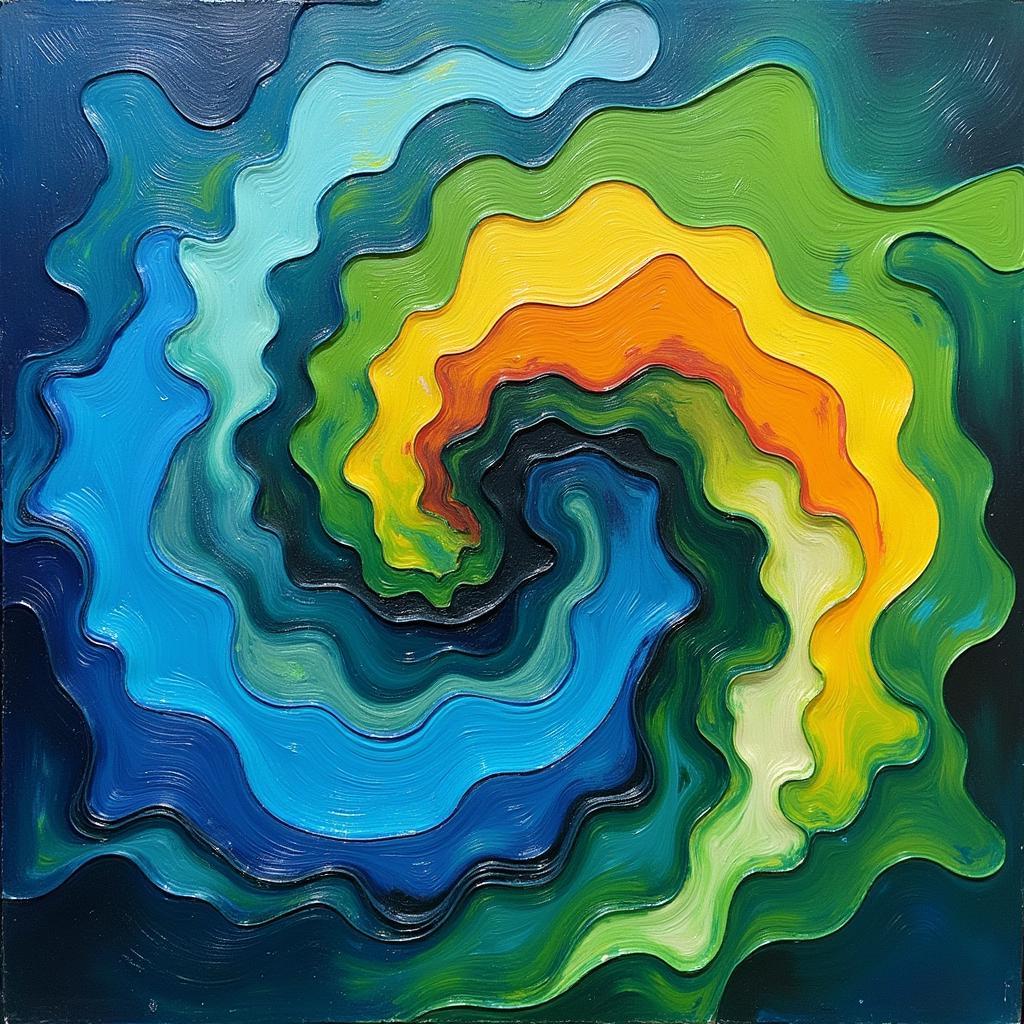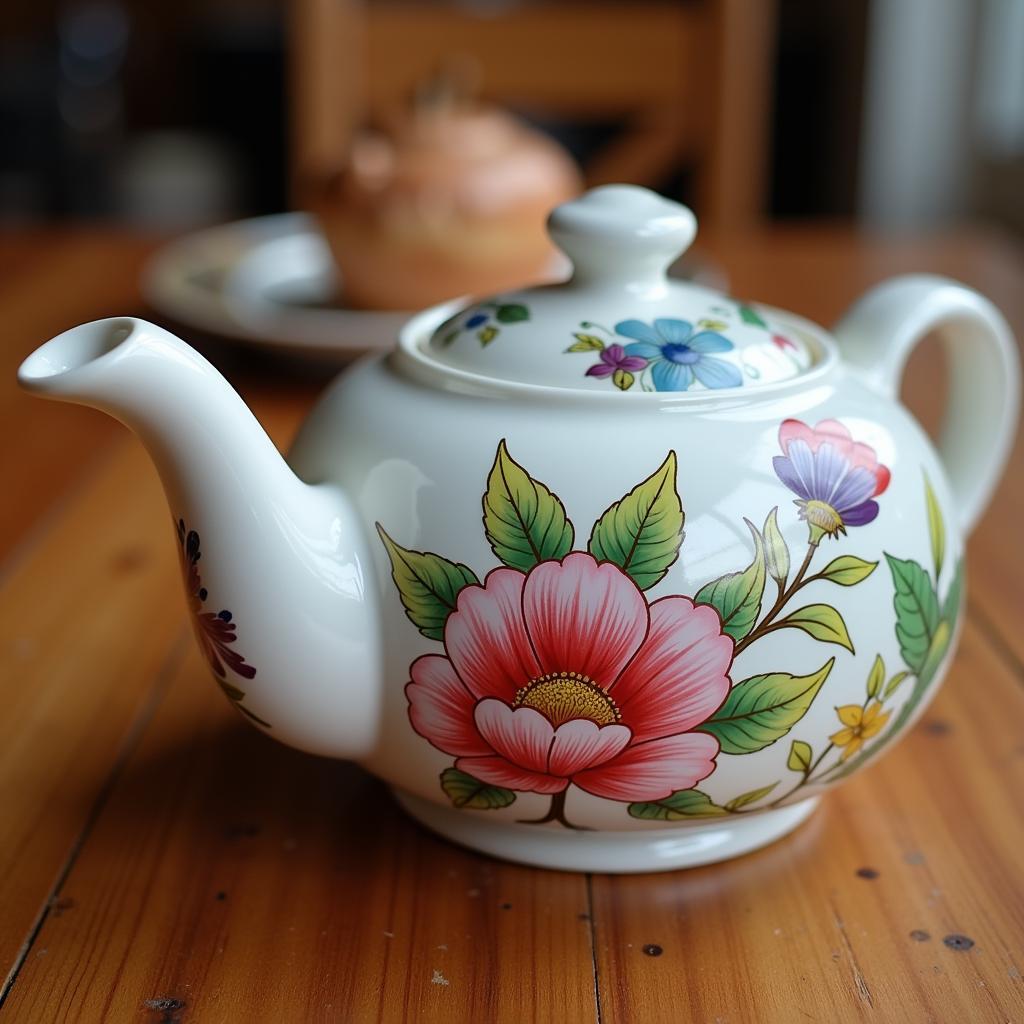Exploring the World of Modern Art Abstract Paintings
Modern Art Abstract Paintings have captivated art enthusiasts for over a century, pushing the boundaries of traditional art forms and inviting viewers to interpret art through their own unique lens. From the bold strokes of the Abstract Expressionists to the geometric compositions of Minimalism, abstract art continues to evolve and redefine our understanding of visual language.
The Allure of Abstraction: Why We’re Drawn to Non-Representational Art
Unlike traditional representational art, which aims to depict recognizable objects or scenes, abstract art eschews literal interpretation. Instead, it relies on the interplay of colors, shapes, textures, and forms to evoke emotions, thoughts, and ideas. This freedom from depicting reality allows artists to explore the pure essence of artistic elements, leading to highly personal and expressive works.
For viewers, abstract art offers a unique opportunity to engage with art on an intuitive and subjective level. Without the need to decipher a literal meaning, individuals are free to project their own experiences, emotions, and interpretations onto the canvas. This interactive element is a key reason why abstract art continues to resonate with people of all backgrounds.
Key Movements in Modern Art Abstract Paintings
Understanding the historical context of abstract art can deepen our appreciation for this diverse genre. Let’s delve into some of the prominent movements that have shaped the landscape of abstract painting:
1. Abstract Expressionism (1940s-1950s)
Emerging in post-World War II America, Abstract Expressionism championed the power of spontaneous gesture and emotional intensity. Artists like Jackson Pollock, known for his drip paintings, and Mark Rothko, celebrated for his color-field paintings, sought to express the subconscious mind and evoke universal human emotions through their art.
2. Minimalism (1960s-1970s)
In contrast to the emotional fervor of Abstract Expressionism, Minimalism embraced simplicity and objectivity. Artists like Frank Stella and Donald Judd stripped down their artworks to their essential elements, using geometric shapes, repetition, and industrial materials to create a sense of order and harmony.
3. Geometric Abstraction
Geometric Abstraction, as its name suggests, focuses on the use of geometric forms and precise arrangements to create visually compelling compositions. From the early works of Wassily Kandinsky to the Op art of Bridget Riley, geometric abstraction explores the interplay of color, shape, and optical illusion.
Integrating Modern Art Abstract Paintings into Your Life
Framed art tiles featuring abstract designs can add a touch of sophistication and intrigue to your home or office. Whether you’re drawn to the bold statements of Abstract Expressionism or the understated elegance of Minimalism, there’s an abstract art print out there to complement your personal style.
FAQs about Modern Art Abstract Paintings
1. What makes a painting abstract?
Abstract art departs from depicting reality as we see it. It uses colors, shapes, and forms to evoke emotions and ideas rather than represent recognizable objects.
2. How do I interpret an abstract painting?
There’s no right or wrong answer! Allow yourself to respond to the colors, shapes, and textures. What emotions or thoughts does the artwork evoke in you?
3. What is the value of abstract art?
Beyond monetary value, abstract art offers a unique opportunity for personal interpretation and emotional engagement. It challenges us to see the world in new and unexpected ways.
Need Help Finding the Perfect Artwork?
Contact us at Phone Number: 02462573573, Email: danteum@gmail.com or visit us at Savico Megamall, 7-9 Đ. Nguyễn Văn Linh, Gia Thụy, Long Biên, Hà Nội 10000, Việt Nam. Our dedicated customer service team is available 24/7 to assist you.
From wall art set of three to cat fine art, discover a world of artistic possibilities on our website. You can also find more articles about arts in the park forest lake and 24×36 framed art.


